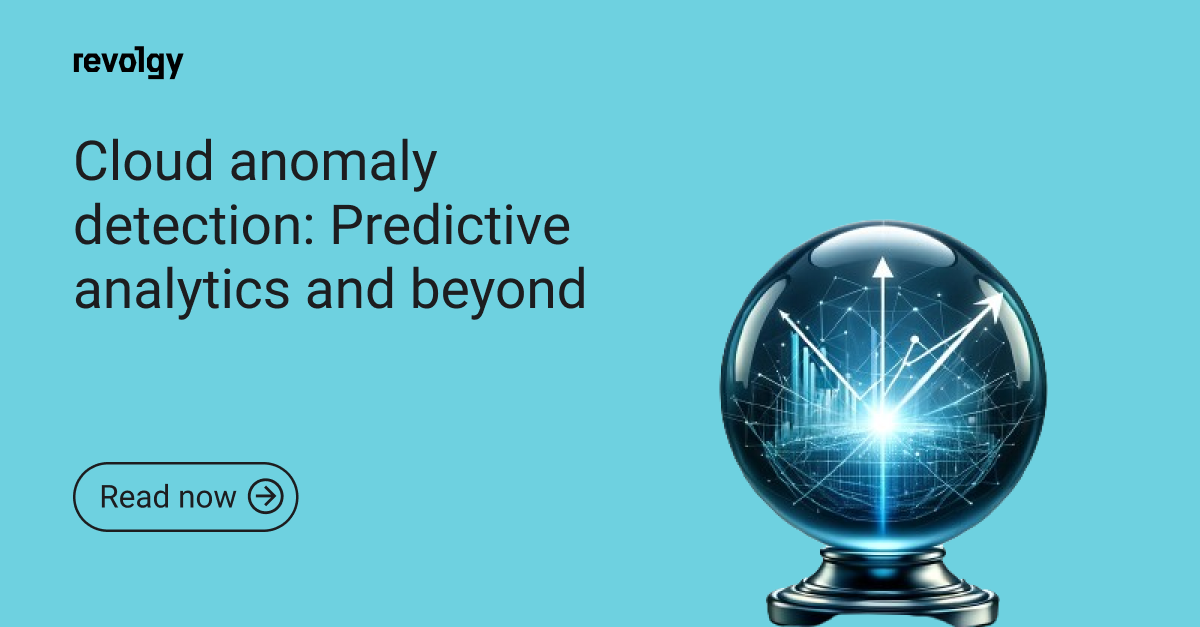AWS, GCP
Introduction to Anomaly detection on cloud spend
In today's cloud-driven landscape, mastering cost management is as critical as leveraging the cloud's expansive capabilities. This is where advanced anomaly detection, powered by predictive analytics, shines, offering a forward-looking approach to navigating cloud expenses. This innovative technology not only spots deviations from normal patterns but also serves as a preemptive strike against potential fiscal drains and security vulnerabilities.
The Role of Predictive Analytics in Anomaly Detection
At the forefront of anomaly detection lies predictive analytics. This sophisticated strategy harnesses data mining, statistical modeling, and machine learning to sift through historical data, drawing forecasts that empower businesses to act swiftly, mitigating risks before they escalate. Within the realm of cloud management, it's a game-changer, aligning resources efficiently and shielding systems from unexpected downtimes and security threats.
Predictive analytics operates by aggregating cloud usage and spending data, utilizing machine learning models trained on this information to discern patterns and forecast future spending trends. These models are adept at identifying irregularities, whether they're spikes or drops in usage that veer off the predicted course, flagging these as potential anomalies.
Benefits for cloud management
The integration of predictive analytics into cloud anomaly detection systems ushers in numerous benefits. It paves the way for cost efficiency by pinpointing potential system overloads and abnormal usage patterns, thus curbing unnecessary expenditure. Additionally, it bolsters security measures by identifying unusual behaviors that could signify breaches, facilitating prompt intervention. Moreover, it contributes to operational smoothness by predicting demands, enabling proactive measures against system downtimes.
Building and Implementing Predictive Models
Building effective predictive models for cloud anomaly detection involves collecting and preprocessing relevant data, selecting appropriate algorithms, and training the models with historical data. The choice of algorithms depends on the specific characteristics of the cloud spending data.
Integration challenges
Merging predictive models with existing cloud management frameworks can be complex, necessitating high-quality data, alignment with business goals, and seamless integration with other IT systems. Success hinges on a blend of technical acumen and a deep understanding of business intricacies related to cloud expenses.
Beyond predictive analytics
As cloud technology evolves, so does the landscape of anomaly detection. Emerging technologies like deep learning and AI are poised to revolutionize anomaly detection with unmatched precision, leveraging vast datasets and intricate algorithms to unearth insights that were previously inaccessible. This evolution is fueled by the rising tide of cybersecurity threats and the increasing complexity of cloud environments, signaling a rapid advancement in the field.
Embracing the Future of Cloud Anomaly Detection
The advancing cloud computing era necessitates that enterprises not only adopt but also stay agile towards evolving anomaly detection technologies. With an increasingly complex digital landscape and sophisticated security threats, the demand for cutting-edge anomaly detection solutions has escalated. Businesses must lead in technological adoption, using novel tools and methodologies to ensure their cloud infrastructures remain secure, efficient, and resilient.
By adopting these advanced techniques, organizations can protect their operations from unforeseen disruptions, optimize cloud expenditures, and sustain a competitive stance in the digital age. The path to enhanced cloud anomaly detection is ongoing, with staying informed and adaptable being crucial to navigating this dynamic domain.



